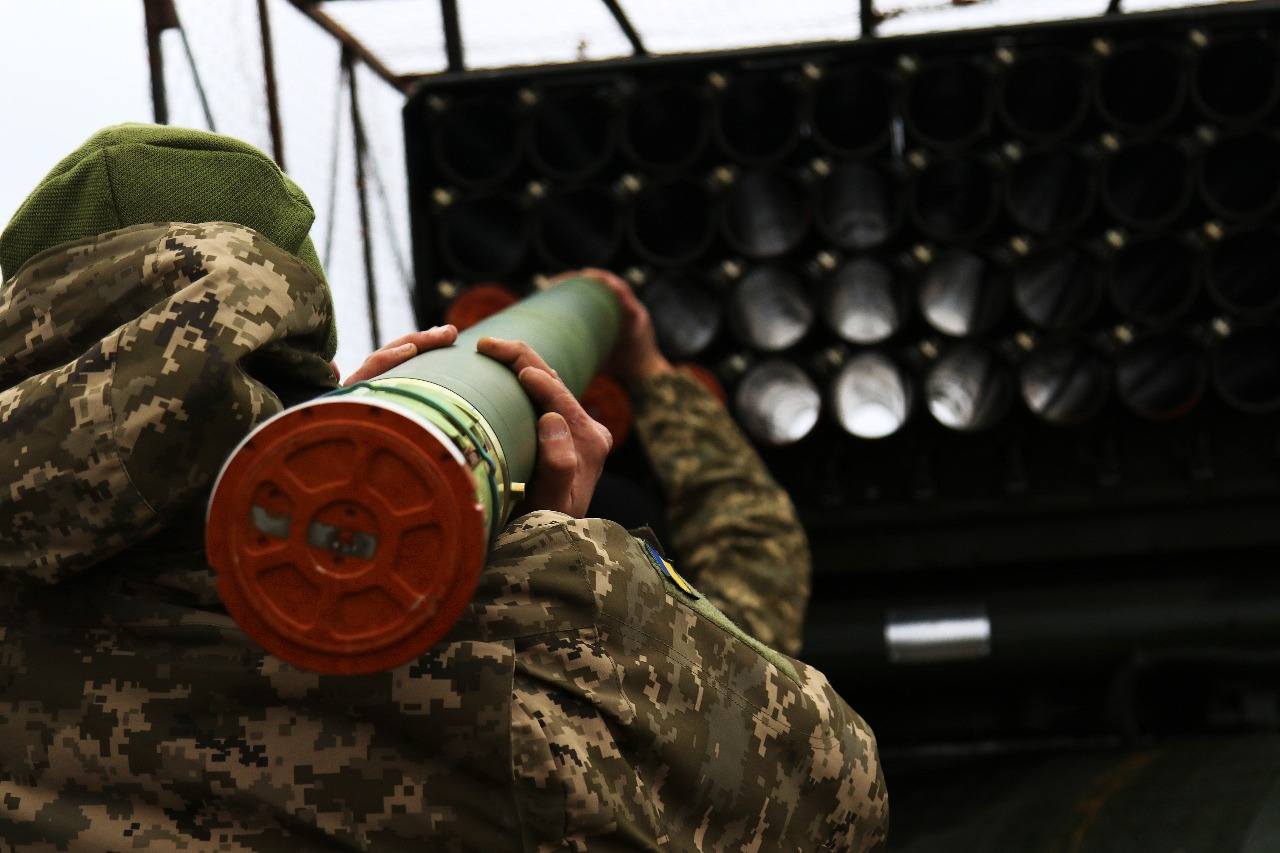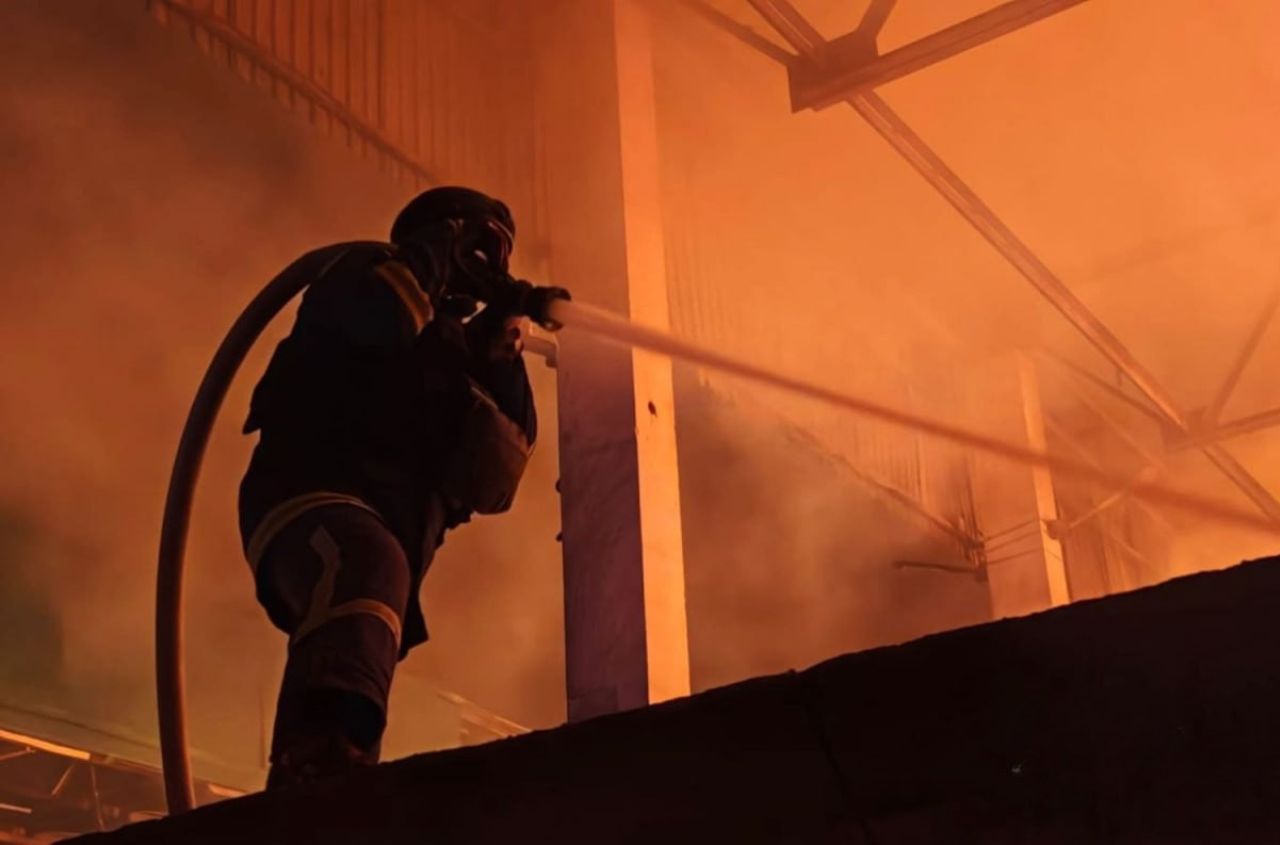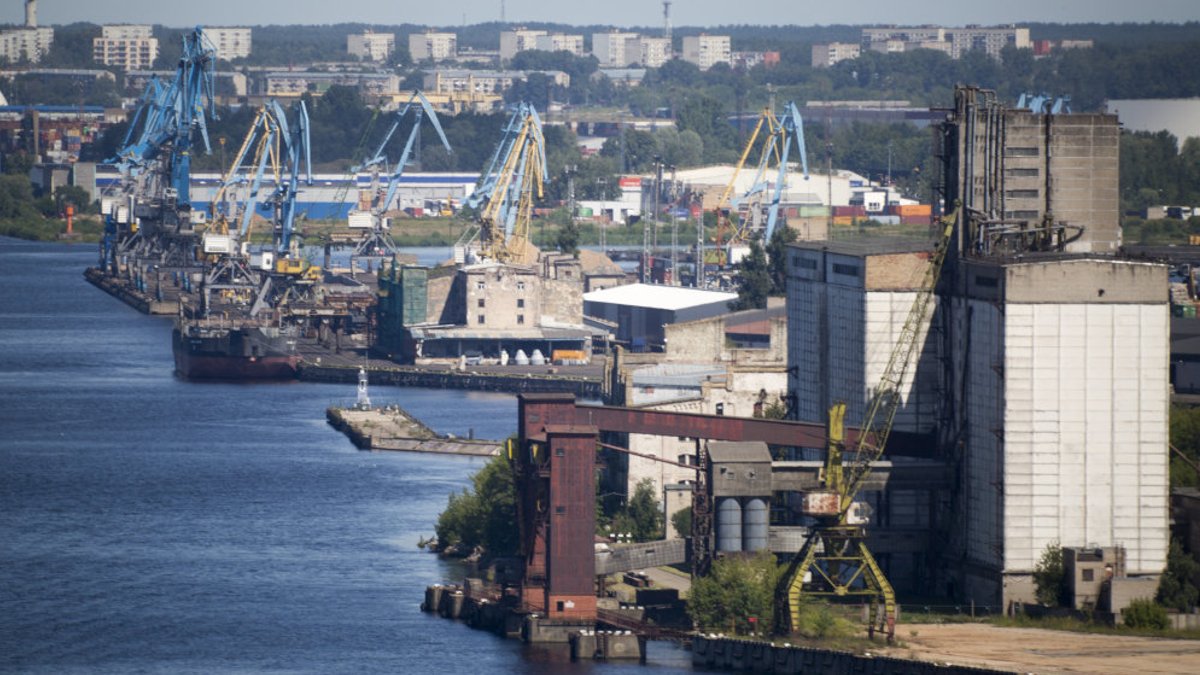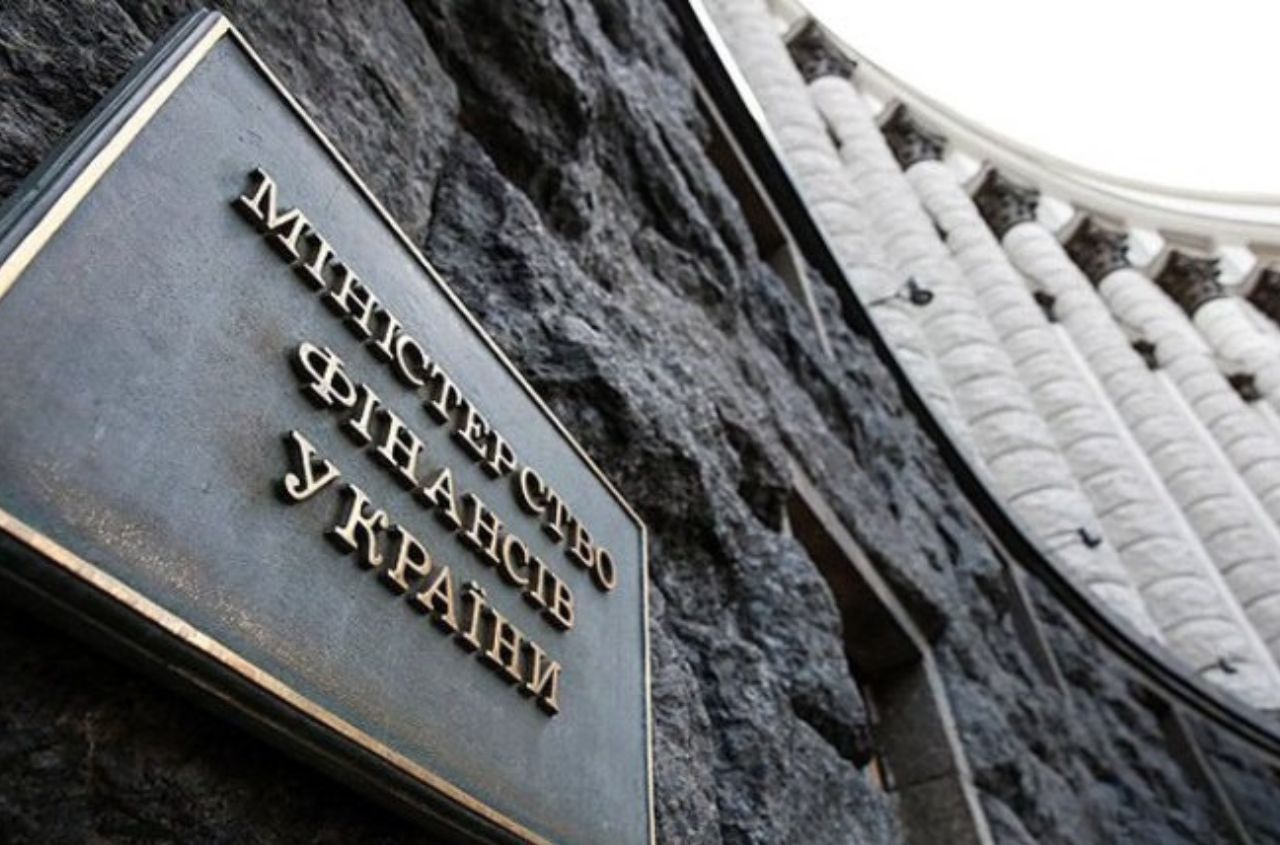According to the Main Intelligence Directorate of the Ministry of Defense of Ukraine, Russia plans to conduct several more massed strikes on Ukrainian energy facilities this spring. However, its missile stocks are depleting, so it will need another pause to accumulate them.
"Currently in Russia, according to our assessment, there are approximately 950 high-precision missiles of operational-strategic and strategic levels with a range of over 350 kilometers. We observe a tendency that they usually try to maintain their stockpile at no less than 900 missiles," said Major General Vadim Skibitsky, a representative of the Main Intelligence Directorate.
When Russians manage to accumulate over 900 missiles, they start a series of strikes. Conversely, when the stockpiles approach 900 units, they pause massed strikes. According to Skibitsky, Russians are now approaching this limit.
"Russia, according to our data, plans to produce about 40 X-101 missiles in April. We anticipate that Russians may conduct several more massed attacks (2-3, specifically massed), and then they will have to take another pause to accumulate missiles and 'chess pieces' again. However, some isolated local shelling may continue," Skibitsky explained.
It is also noteworthy that since the end of September, the adversary has hardly launched other sea-based cruise missiles – Kalibr.
According to one version voiced in military circles, this type of missile is easier to counteract by our air defense systems than X-101. According to another explanation, the Russian forces is forced to use them sparingly due to wear and tear and damage to their carriers.
Military-political observer of the "Information Resistance" group, Oleksandr Kovalenko, asserts that in Novorossiysk, where the Black Sea fleet of the Russian Federation was relocated after fleeing from occupied Sevastopol, infrastructure for servicing and storing the Kalibr SLCMs has not yet been arranged.
"The aggressor has accumulated a stockpile of 3M-14 'Kalibr' cruise missiles and has at its disposal no less than 260 units. Moreover, they plan to produce 30 such missiles in April of this year," Skibitsky told the publication.
Given the considerable stockpiles of these missiles against the backdrop of a reduction in X-101, reconnaissance suggests that the adversary will resume their more active use soon. In contrast, Russians have begun to use another – hitherto unknown to us – type of ballistic missiles launched from the territory of occupied Crimea. Conversations in various sectors of the Armed Forces still have doubts about whether the adversary has actually received Zirconf for service, which until recently was considered only a prospective missile, or has upgraded Oniks-M.
In any case, the sporadic use of these strike assets can be interpreted as a Kremlin demonstration that they finally have something resembling hypersonic missiles. However, the Kiev air defense system demonstrated that it is still capable of intercepting them. The exact number of these new ballistic missiles in the Russia's possession is unknown.
"As for the high-speed missiles flying from the southern direction, it is currently difficult to determine whether they are 'Zircon' missiles or modernized 'Oniks'. However, speaking of regular 'Oniks' missiles, according to our data, Russians have 440 units in stock. Currently, they have been able to resume their production at a rate of 6-8 missiles per month," Skibitsky said.





















